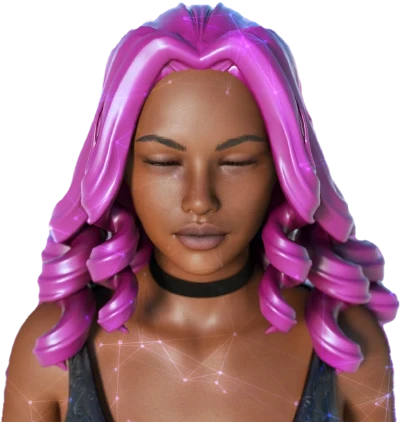
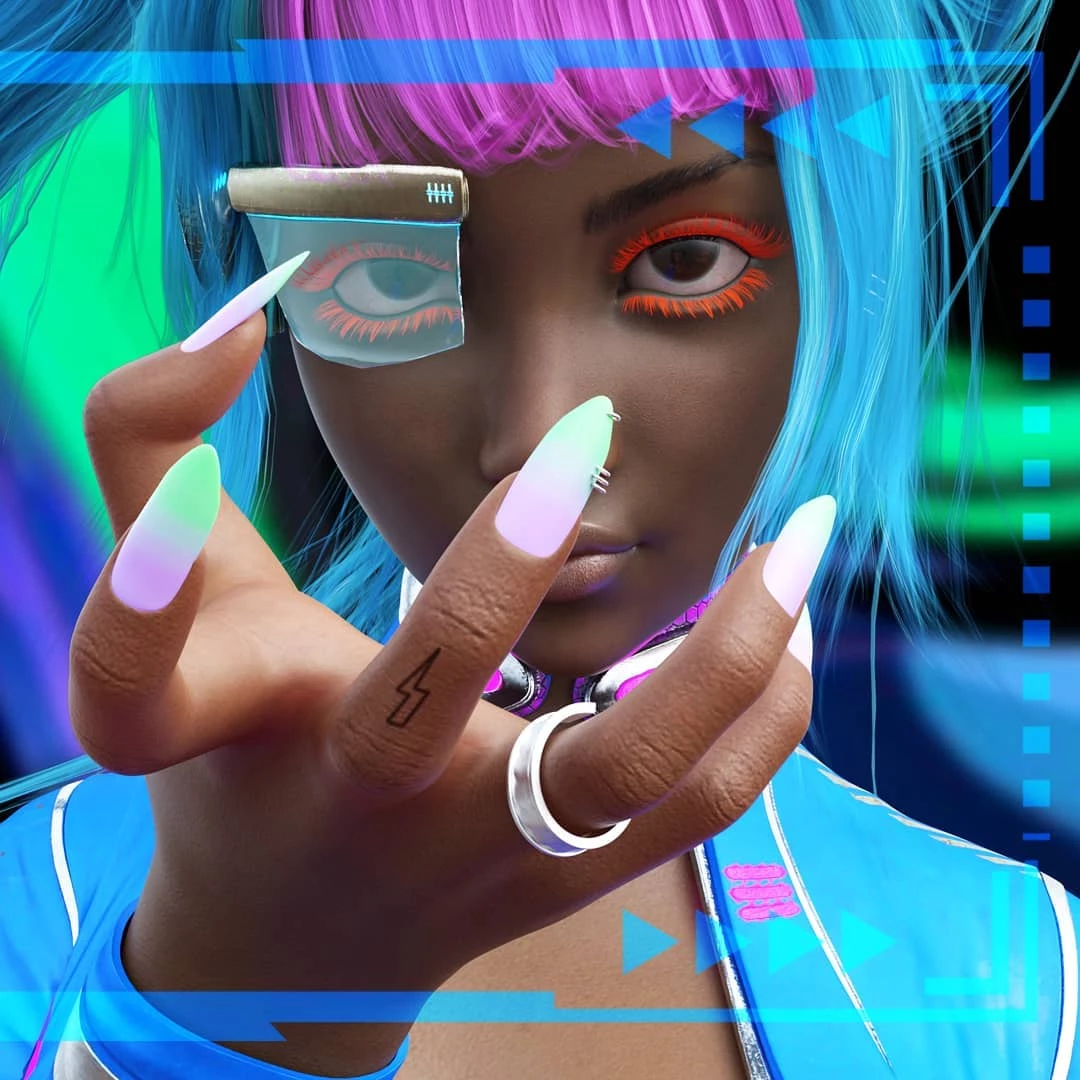
- Date
- 22 JULY 2022
- Author
- GLORIA MARIA CAPPELLETTI
- Image by
- PAOLA PINNA
- Categories
- Fashion
What will fashion and luxury be like in the digital future of Web3?
Once again, conversations about the fashion of the Web3 metaverse are being pushed to the forefront. Web3 is poised to become the next big thing in fashion, while the metaverse is just going to continue expanding. Every month, there is an increasing number of fashion brands beginning to venture into the Web3 world, and the NFTs and metaverse are driving their sales growth and strategies. Fashion brands are now able to sell their products in virtual worlds such as Decentraland, Roblox, and Fortnite, via digital wearables, through NFTs.
When implemented properly, NFTs could open up a new revenue stream for DTC fashion brands, which would supplement their physical offerings with digital assets. Because NFTs enable the attestation of digital ownership, there is thought that they represent a huge opportunity to sell virtual fashion items, which owners could leverage on various digital platforms, from video games to social media. While NFTs may sound confusing, they are actually simply a way of holding digital assets, decentralized and not fungible. Enables are opening up the possibility of indie designers making a living producing digital skins for games, and also making collectibles and selling them for NFTs.
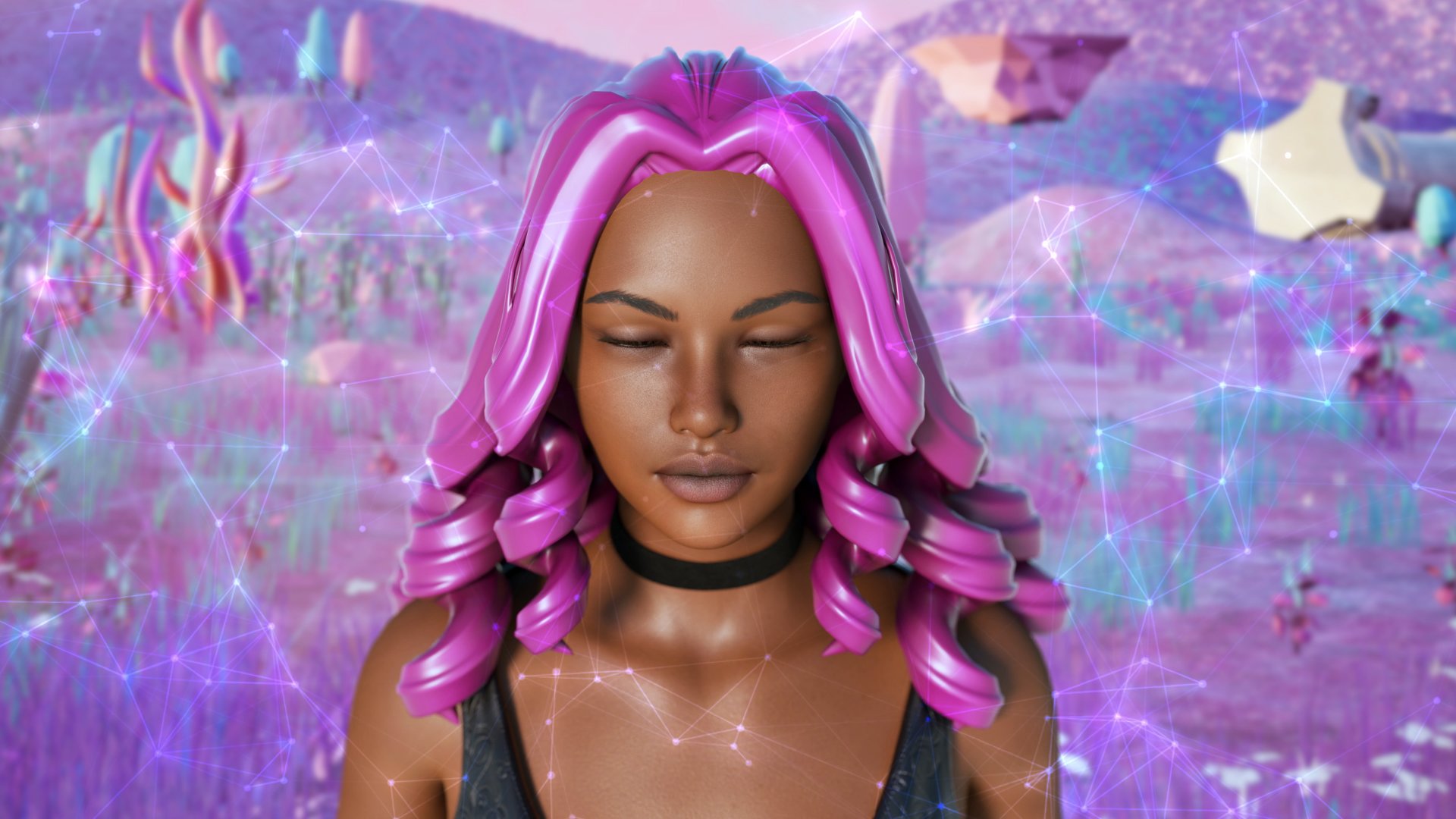
Creating Virtual Wearables, or NFTs, could address many problems within the fashion industry — retailers, e.g. The fashion industry is going to move quickly, because the interest for NFTs is going to increase in time. High-end fashion has taken to NFTs faster and with greater enthusiasm than other industries, and the consensus seems to be that Web3 will no doubt play an outsized role in its future. Both high-end fashion and NFTs work by models of exclusivity and scarcity, which may help to explain the high-end fashion receptiveness to this technology in contrast with other mainstream companies, who only grudgingly started dipping their toes into Web3.
However, one of Natalie Massenet’s biggest bets in Web3 is aimed squarely at digital IDs of physical goods, as this is still where the high-fashion brands are making most of their money.
For mass-market brands, there is value to going for digital fashion with a lower value and higher quantity, the ability to sell tens or hundreds of thousands of items like skins for games like Fortnite at about $1–3 per unit, whereas for luxury, Decentraland is an ideal spot for selling digital fashion items like NFT for the premium price point of $200-$2,000 (but at a far lower quantity). A similar startup that has been building on the momentum from its Virtual Brand Blueberry is UK-based digital fashion house Republiqe, which designs their virtual collections in-house, helping to break into gaming, NFT, and web3 at high volumes. Republiqe brands such as Coach, adidas, Axel Arigato, and Ester Manas.
Menswear brand BoohooMan has dipped only a toe in the metaverse to date, but is getting excited by the upcoming collections, collaborations, and digital fashion pieces. The fast-fashion brand has entered the metaverse by offering NFT clothing for free, becoming the first budget-friendly fashion brand to release digital collections. Shortly thereafter, higher-end brands like Gucci, Balenciaga, and Burberry decided to get in on the web3 action, creating higher-end brands like Gucci’s proprietary NFT collections for consumers. Soon, technology was everywhere in media, luxury houses like Dolce & Gabbana unveiled digital collections attached to NFTs (one-of-a-kind digital files), and brands such as adidas announced they would be entering the metaverse selling NFTs.
Web2 has dramatically changed how fashion and apparel companies engage with their consumers. In some ways, Web2 was the first step to bringing high fashion to everyday people, through the rise of street-style blogs such as The Sartorialist or Tommy Ton, and later evolved into the age of Instagram influencers, and now, TikTok micro-influencers. The ability to not only read, but directly write, online has unleashed a series of major transformations to how fashion works. Whatever your initial introduction, digital fashion has been with us since the dawn of the web, but it was not that well-publicized until very recently.
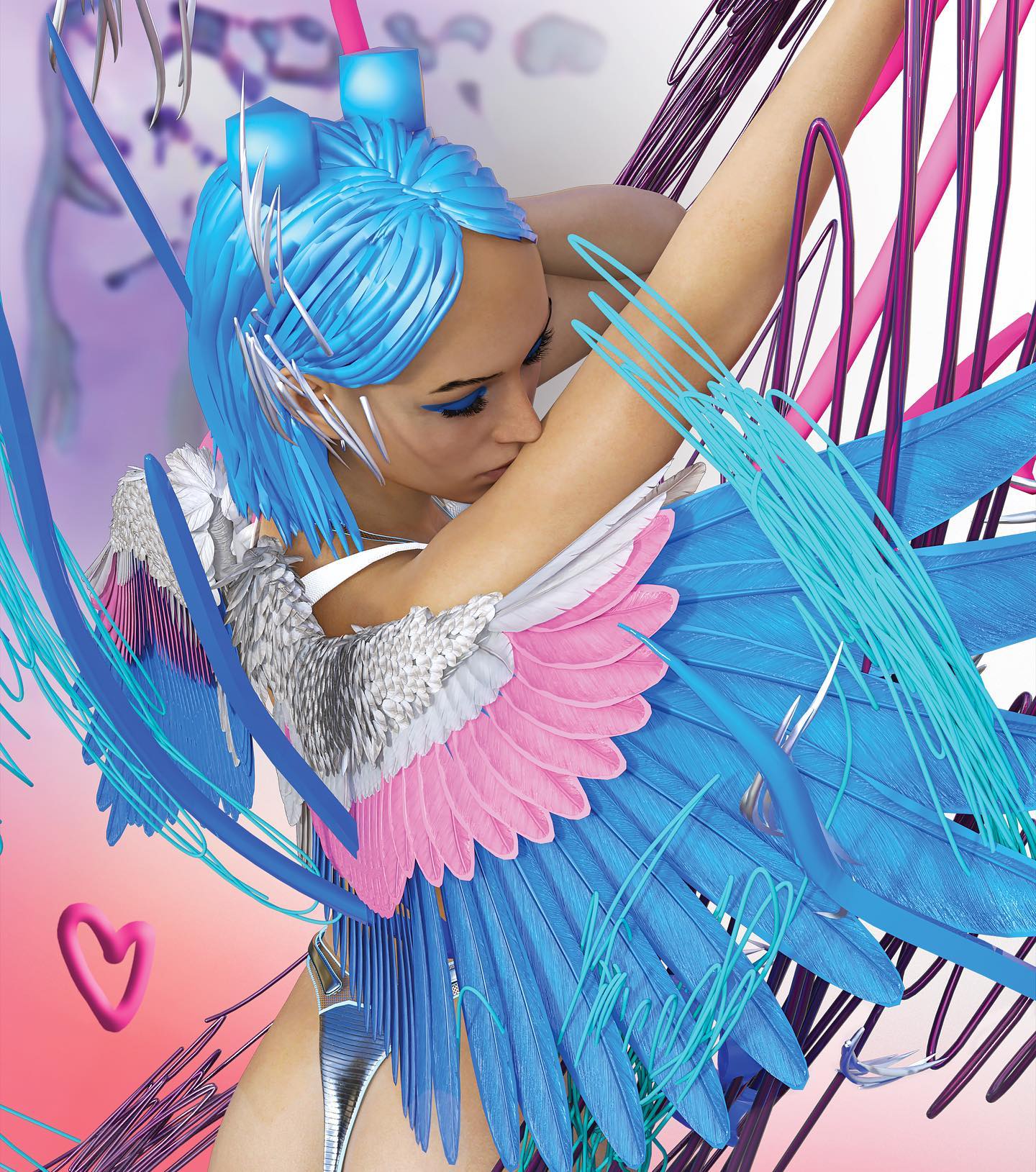
As brands look to retain ownership over their products and attract a new generation of consumers, digital fashion is only going to continue to grow. The ones that take the leap now will be in a profitable position, because Web3 Crypto is poised to have an enormous effect on the fashion industry. Importantly, technologies such as Augmented Reality (AR), Virtual Reality (VR) and Artificial Intelligence (AI) will play a critical role as brands and designers look to engage communities with their exclusive collections. This may mean digital wearables, collaborations with Web3-native creators, exclusive NFT-gated merch, or potentially a metaverse-like experience for fashion shoppers.
Something about this gives us a sense we are going to be getting an extensive, metaverse-related statement next month from the French luxury fashion house. RSTLSS, the company founded by designer Charli Cohen which is looking to simplify for brands the creation of NFT wearables to use on various online platforms, has received backing from Matthew Ball, among others such as Paris Hilton, as well as game-focused venture capital firm Bitkraft Ventures. French hyper-luxury fashion house Balmain seems to have been most focused on building long-term relationships with their customer base and creating interactive, immersive experiences for their community, whether those experiences are digital, physical, or a mix of both.
Now, with digital fashion being perceived not just as a transposition of physical clothing into the NFT for brands, creative possibilities are limitless for designers. While digital designs are not big moneymakers yet in comparison with physical clothing, they do hold potential for changing the fashion industry’s footprint on Earth. Against that backdrop, it might be time for fashion brands to put aside for now the complexities of understanding how to turn NFTs and MetaVerses into viable business units, and to think about how technology is going to play out and which aspects of the culture they would like to place their flag alongside.
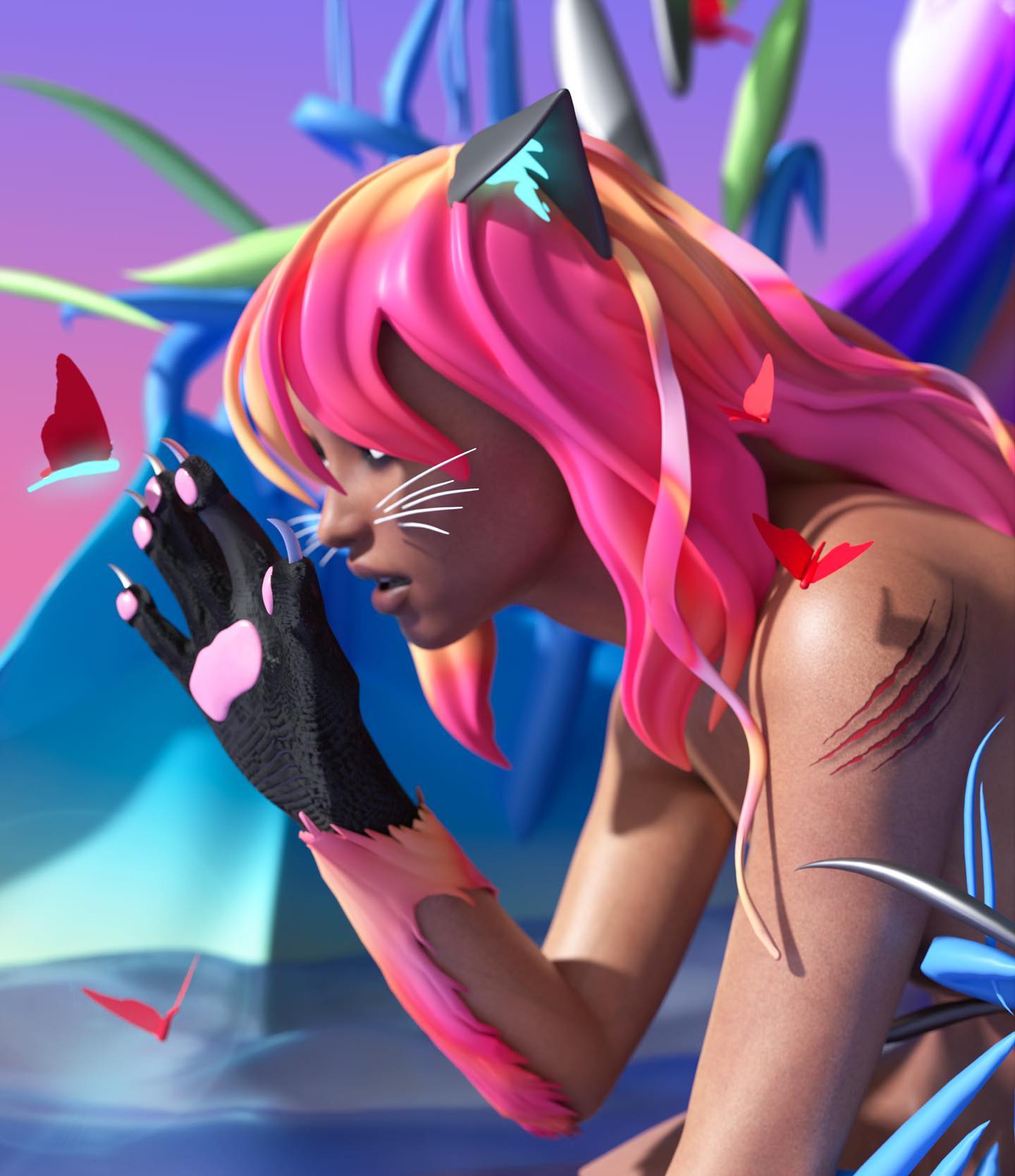
RADAR by RED-EYE is the first disclosed AI co-generated newsletter, that explores everything we need to know about the future.
AI-Generated text edited by Gloria Maria Cappelletti, editor in chief, RED-EYE
All artworks courtesy of Paola Pinna, 3D Artist unlocking cosmic potential between art and technology, Spiritual Gamer, Avatar Creator, Cyber Goddess. All Stills from “METAEDEN” by Paola Pinna & Floontz
Favorite books you need in your Web3 reading life:
Digital Luxury: Transforming Brands and Consumer Experiences by Wided Batat
Circular Design for Fashion, by Ellen MacArthur Foundation Publishing
Artificial Intelligence for Fashion: How AI is Revolutionizing the Fashion Industry, by Leanne Luce
Fashionopolis: The Price of Fast Fashion and the Future of Clothes, by Dana Thomas